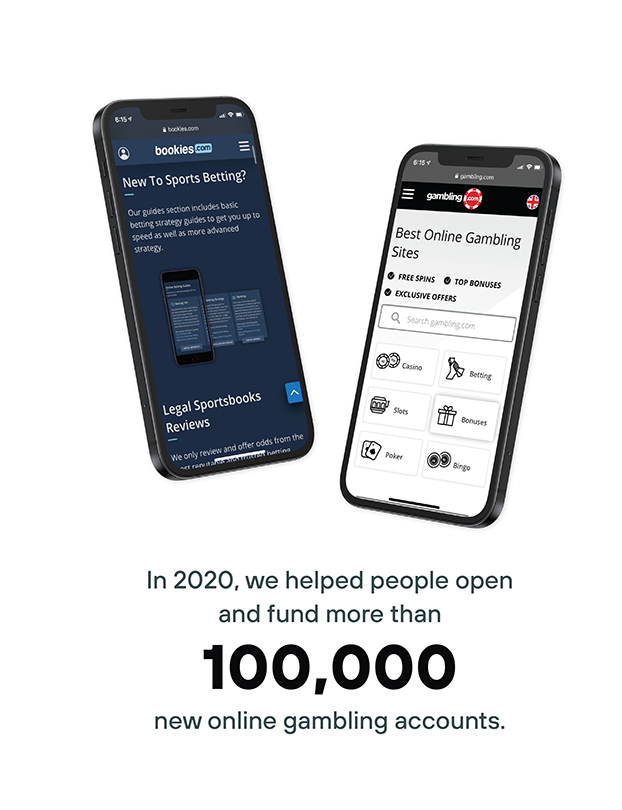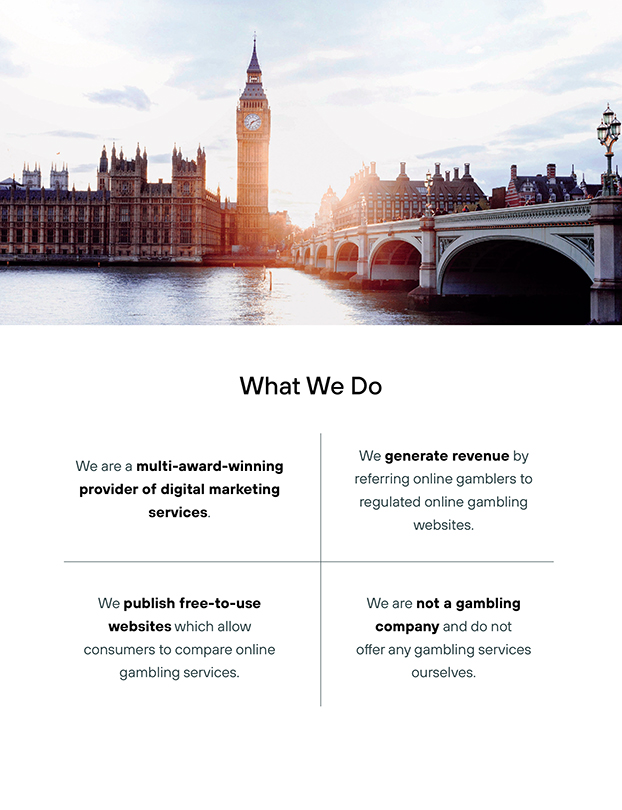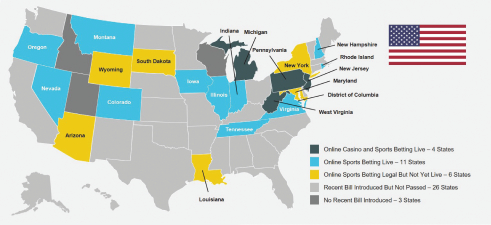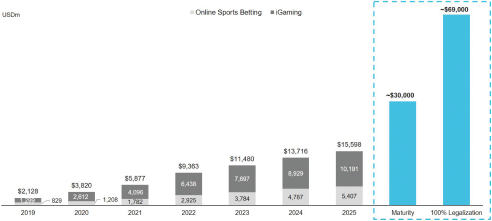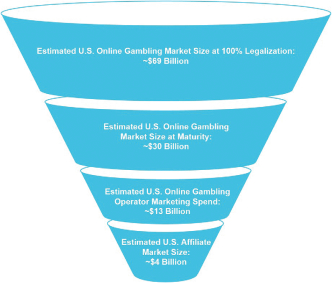Cash Flows Generated by Operating Activities
Cash flow from operating activities in 2019 and 2020 was primarily attributable to cash from operations due to strong cash conversion and amounted to $3,826 and $13,318 and $178 and ($2,424) from changes in working capital, respectively.
Cash flows generated by operating activities increased $6,890 or 172%, from a $4,004 net inflow during the year ended December 31, 2019 to a $10,894 net inflow for the year ended December 31, 2020. The increase in net cash provided by operating activities is the result of an increase in income before tax of $11,781 due to organic growth in the business as described above. The increase was offset by changes in non-cash add backs, adjustments to income before tax and changes in operating assets and liabilities as follows: (i) net finance costs decreased from $2,335 to $1,796 due to decreased interest expense on our 2021 Bonds, (ii) financial instruments valuation gains increased $1,511 due to fair value movement on our 2021 Bonds, (iii) share option charges increased $315, (iv) income tax payments increased $549 and (v) working capital changes decreased by $2,602 reflecting increased trade and other receivables balances for 2020 compared to 2019. The increase in trade and other receivables is the result of increased revenue from 2019 to 2020, resulting in larger receivable balances as of December 31, 2020.
Cash Flows Used in Investing Activities
Cash flows used in investing activities decreased $1,631, or 95%, from a $1,721 net outflow during the year ended December 31, 2019 to a $90 net outflow during the year ended December 31, 2020. The decrease is the result of a final cash payment made in 2019 for mobile apps acquired in 2018 of $1,526 and decreases in the purchase of computers, software and office equipment.
Cash Flows Generated by (Used in) Financing Activities
Cash flows generated by financing activities in 2019 was the result of the issue of ordinary shares and warrants, net of equity issue costs, of $6,822, repayments of Notes of $4,480, scheduled interest payments of $2,246, interest received of $24, and proceeds received from the sale of 2021 Bonds held in treasury of $560. Rent payments for long term leases of $364 are presented as part of financing cash flows as a result of application of IFRS 16 and comprised of principal paid of $175 and interest paid of $189. Cash flows used in financing activities in 2020 was the result of the issue of ordinary shares and warrants, net of equity issue costs, of $3,428, proceeds from the issuance of financial instruments, net of issuance costs, of $5,911, repayments of Notes of $17,352, repurchases of warrants of $133, and scheduled interest payments of $1,656. Rent payments for long term leases of $399 are presented as part of financing cash flows and comprised of principal paid of $198 and interest paid of $201.
Cash flows generated by financing activities decreased $10,517, or 3,328%, from a net inflow of $316 during the year ended December 31, 2019 to a net outflow of $10,201 during the year ended December 31, 2020. The decrease was primarily related to the repurchases and redemption of our 2021 Bonds in 2020 of $17,352 and interest payments for our 2021 Bonds of $1,656 and offset by $3,428 from the issue of ordinary shares and share warrants and $5,911 from the issuance of the term loan, net of issuance costs.
Capital Expenditures
Our capital expenditures in 2019 consisted of a final cash payment for mobile apps acquired in 2018 of $1,526 as well as computer, software and office equipment purchases of $195. Our capital expenditures in 2020 consisted of computer, software and office equipment purchases of $90.
Off-Balance Sheet Arrangements
We did not have any off-balance sheet arrangements during the years ended December 31, 2019 and 2020.
Quantitative and Qualitative Disclosures about Market Risk
Our operations are exposed to a variety of financial risks: market and currency risk, interest rate risk, contractual risk, credit risk and liquidity risk. Our overall risk management program focuses on the unpredictability of financial markets and seeks to minimize potential adverse effects on our financial performance.
Risk management is carried out by management under policies approved by our board. Management identifies and evaluates financial risks in close co-operation with our operating segment. Our board of directors provides principles
49


